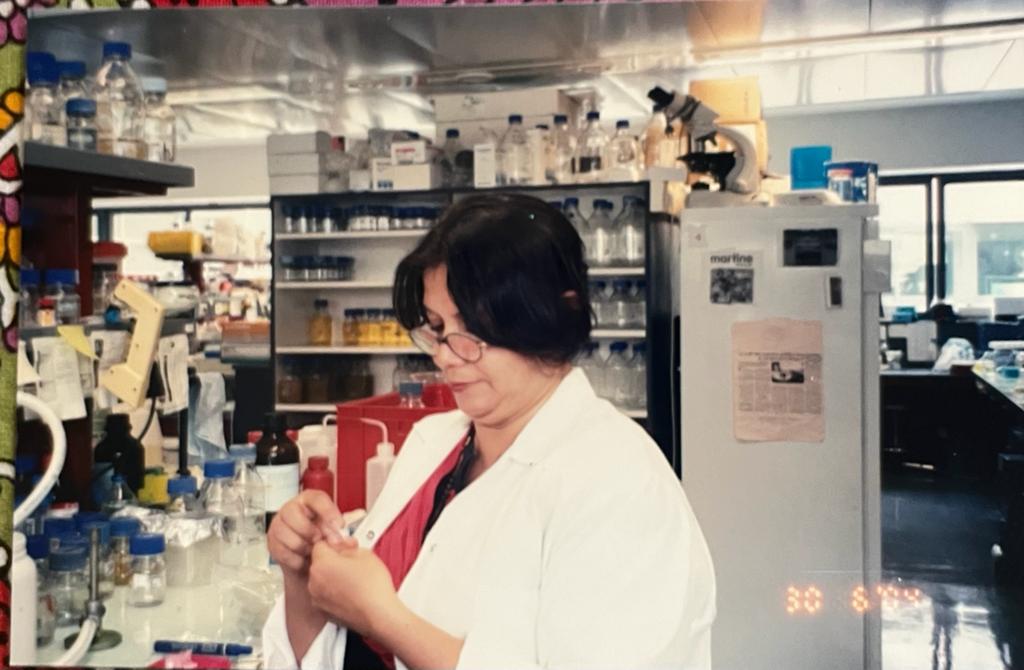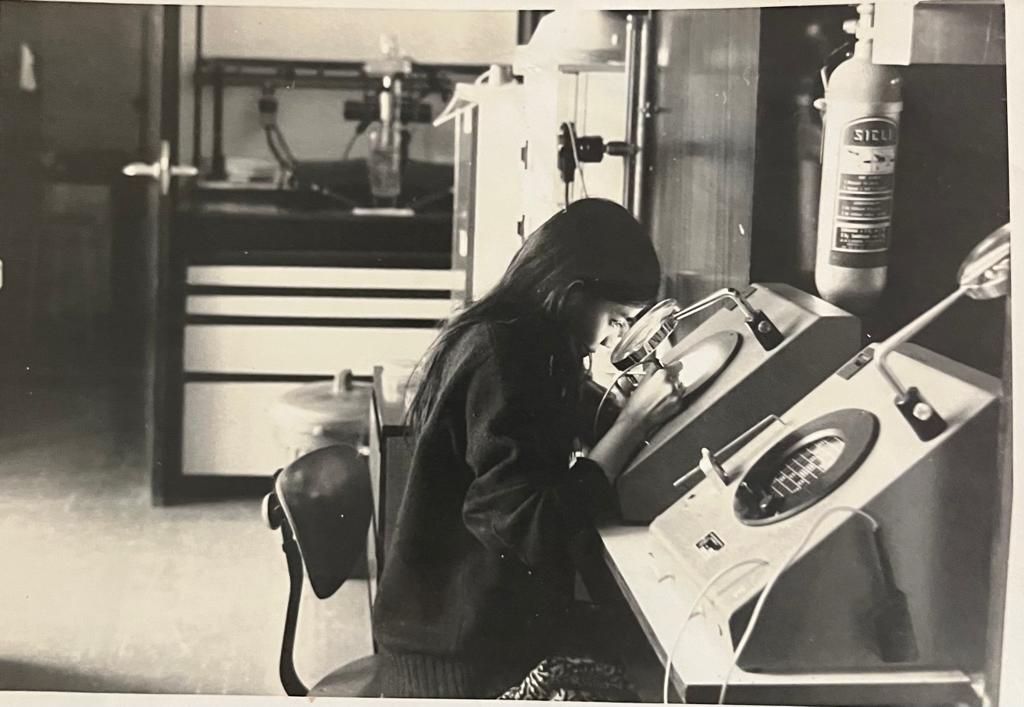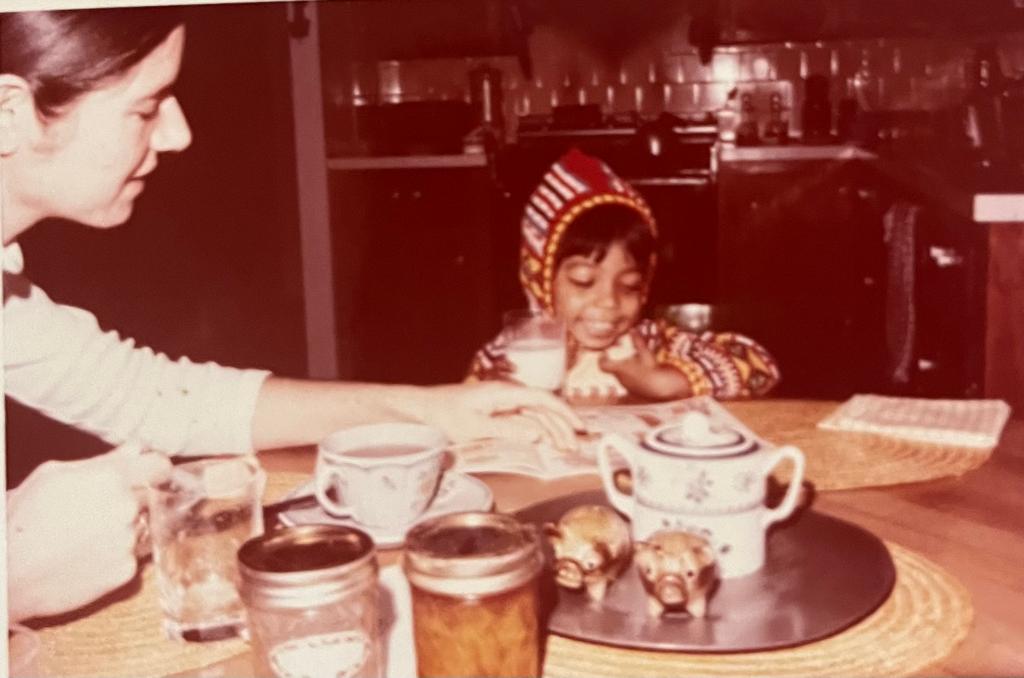
From Scientist to Entrepreneur
My entrepreneurial venture Nextec Lifesciences Private Limited may have started at the age of 62, but it has its genesis decades back in 1978, right at the start of my career. It is a story of a dream coming to life, fueled from my passion towards science and a personal commitment to help children who suffer from a particular lack of accurate diagnosis across the world.
My post-doctoral period at Brown University in USA during 1978 -1982 instilled a new dream. It was an era of recombinant DNA technology and witnessed the formation of first biotech company Genentech in 1976 by venture capitalist Robert A. Swanson and biochemist Herbert Boyer. Genetech became the first to successfully express human hormone somatostatin gene in bacteria followed by synthetic human insulin in 1978 and an example of driving results of academic research into the commercial mainstream, where it could ultimately lead to benefitting the final patient. Government facilitated opening of biotech companies by scientists while working within their institute or Universities. This story of Genentech always inspired me to start my own scientific venture one day, that would convert scientific research and results into patient outcome.
I returned to India in 1982 and joined the CSIR - Central Drug Research laboratory (CDRI) in Lucknow. CSIR-CDRI is dedicated to develop lead molecules against infectious and life style diseases. My research focused on tuberculosis which still suffer from lack of rapid diagnosis and paucity of safe drugs. The physical agony of this disease, took a personal note when seven year old son was diagnosed with the primary complex and put on anti-tubercular treatment for 12 months with a combination of drugs. The Pediatrician confirmed that it was not possible to confirm primary complex microbiologically by culture and the diagnosis was based on clinical symptoms. Over the period of his treatment, I observed him in close counters and from a vivacious boy – he transformed into the exact opposite over the next 12 months. He lost his appetite, leading to severe weight loss. His immunity lowered, with a running fear of side effects. Even after the treatment the fact kept hovering over me - how the infection could be confirmed without showing the presence of infectious bacilli. That was the initiation point for my entry into Tuberculosis diagnosis.
The TB facts were shocking. Confirmation of bacteria by culture required 10-12 weeks and special containment facilities. For faster diagnosis, a much more sensitive method was needed which could detect few bacteria in much shorter time. That’s when we decided to develop a DNA based diagnostic test for TB. Our team was set, myself, my husband Dr Brahm Srivastava who was heading Microbiology and a very bright student Deepak Kumar who opted to work with us on Tuberculosis.
We used molecular techniques to identify a stretch of DNA from the genome of Mycobacterium tuberculosis, which was specific to M. tuberculosis. The fragment was sequenced and patented in US (1997, 1998) and India (2006) for its use in diagnosis of TB. Incidently, it was the first biological patent from India. The DNA probe developed by us showed great potential in diagnosis as validated by different medical institutions.
There were few stumbling blocks - My institute licensed it to a Mumbai based company but this move completely misfired and the company did not further promote commercialization of the kit. In the meantime, I had retired in 2011.It was time to take a firm decision, should I forget the probe and let it die on the shelf or revive this project and give it one more try.
We then took a firm decision to open a biotech company and generate the funds to carry it forward. This was the birth of Nextec Lifesciences Pvt Ltd. This was not just the birth of a company, but the start of the transformation of a scientist, an academician, a researcher – into an entrepreneur.
The vision of the company was established as the diagnosis of infectious diseases. With this vision, we moved on to strategy and tactics. First was funding, which in 2014, we applied for Biotechnology Ignition Grant from BIRAC on “Development of a DNA based test for early and accurate diagnosis of Tuberculosis”.
The second step was finding a lab space and infrastructure. We rented a lab in Biotech Park in Lucknow, and hired two students. It was a new experience, one room lab with one table and five chairs as compared to my lab in CDRI, which was considered one of the most well equipped labs not only in CDRI but within the country. We built our technology development with minimum equipment and infrastructure requirement.
We realized the value of our networking, and associations we had built over the years. We could get clinical specimens from two Medical Institutions located in Lucknow, with whom we had collaborated in the past. We finally succeeded in executing our project within stipulated time and develop an assay which amplified M. tb specific DNA in clinical specimens and measured the amplification by fluorescence detection in an online format within 10 minutes.
The journey is not yet over. Quoting Robert Frost, “many miles to go before we sleep”. Today, as I think of my experience of becoming an enterprise owner, I think the biggest lessons have been:
(1) We need to continue to have and support organizations like BIRAC and the current Government policies that support start-ups and encourage entrepreneurship. I hope one day, I can give back to these organizations and help more such startups, especially in the field of healthcare.
(2) Have faith in your abilities. Challenges like age, lack of experience, etc., can be overcome with faith, commitment and ‘smart’ work. Remember 60 is no longer a fragile age but loaded with skill and experience.
(3) Be agile and ready to learn at every step. Even failures have many lessons in them, so never be afraid to dissect and understand your next plan/ steps/ strategy.
(4) Network, nothing can beat the power of human collaboration and association.
(5) Spread your story. This is what I am trying to do today. I hope that my story can encourage more women to enter into their own ventures that will help the home, country and world economy. One enterprising woman can create a family of enterprising people.

